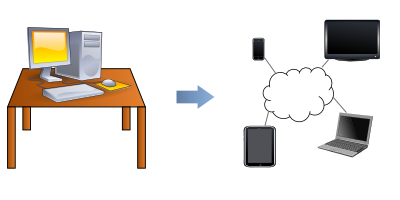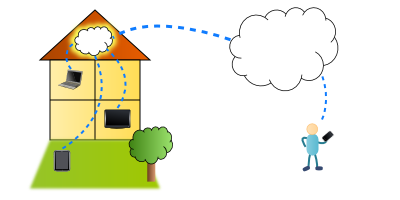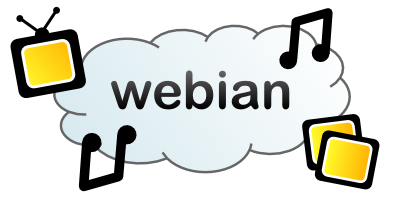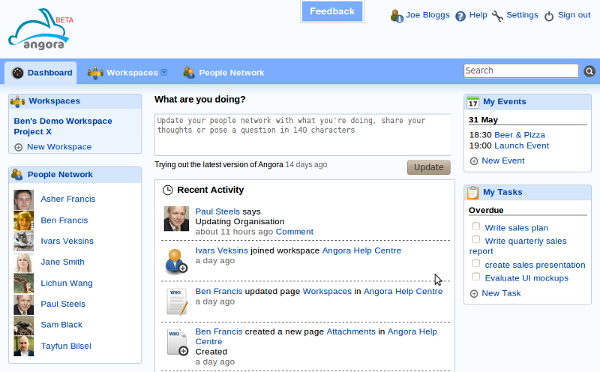[Reposted from webian.org]
Hello, World! I'm Ben and I'd like to introduce you to the Webian project.
Desktop to Web
You may have noticed that there's a growing trend of web applications replacing desktop applications, a mass migration from the "desktop" to the "cloud". Web applications are great because you can access them from anywhere, on any web-enabled device and their networked nature means they can be more connected and social than their desktop counterparts.
Innovations in new devices like smartphones, tablets, netbooks and set-top boxes are providing us with exciting new ways of using the web, without needing to use a desktop PC.

A New Kind of Web
All of this innovation is building momentum around a new standard called HTML5 which is going to transform the web as we know it. Web applications of the future will be richer, more graphical, more interactive, will include high quality audio and video and may even work if you don't have an Internet connection. In other words, they'll have all the power of desktop applications but with all the benefits of the web.

Host Your Own Data
At home I have a collection of documents, images, audio and video measuring in the terabytes. No commercial service will currently host this amount of data online for me at a reasonable cost and even if it would, I'm not sure I'd want to use it. I like the idea of having full control over my own data and I can store it pretty cheaply myself. However, I would like to be able to access my data from anywhere on any device, and enjoy the kind of user experience provided by the new breed of HTML5 web applications.
The great thing about the web is that it's so open. You don't have to be a large corporation or pay a license fee to host a web server, anyone can do it themselves using free software and a domestic broadband connection. However, it does currently require quite a lot of technical know-how and there aren't a huge number of useful web applications you can install yourself that the average web user might want to use.

Let's Make the Home Server Awesome
I've been running a Linux-based web server from my home since 2003 to allow me to access all of my data online, but really it's little more than a glorified file server. I'm starting the Webian project to build an open source social media server for your home with a rich HTML5 web interface. I want Webian to make it easy to access all of your media online from a range of devices like phones, tablets, netbooks and your TV.
I can't do this on my own. I need your help to design the best solution to this problem, make a great job of building it and then promote it so that everyone can benefit. If you share my vision, or you're just interested in hosting your own data online, visit webian.org today to learn more about this project and find out how you can participate.


